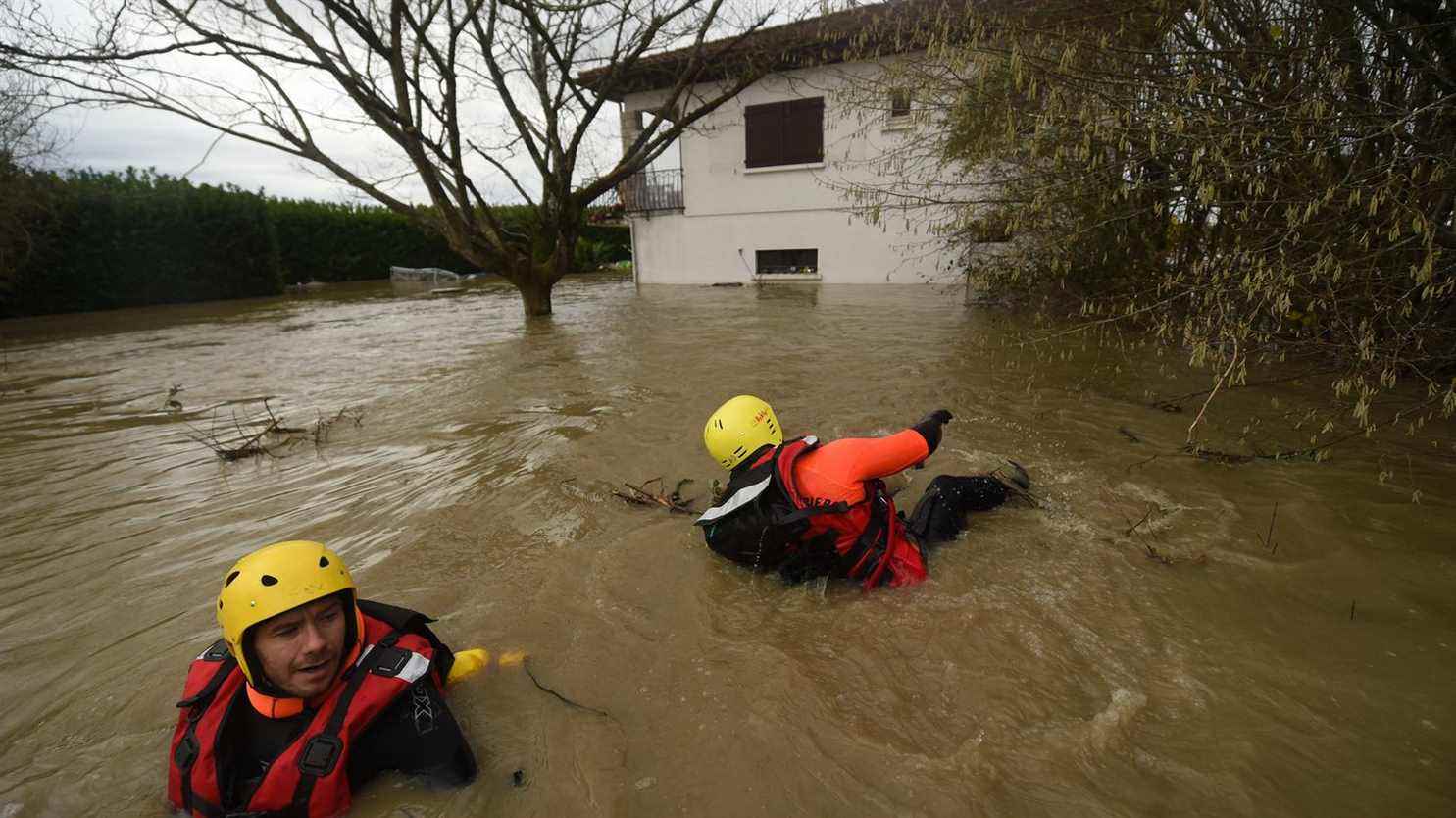Last month, torrential rains fell in the southwest and several municipalities in the Landes were affected, including the municipality of Peyrehorade in the country of Adour. Last October, the city of Marseille was flooded, and this week, dozens of residents of Gonesse, in the Val-d’Oise, found their feet in the water with the rising water table phreatic.
Faced with the increasing risk of runoff, more and more municipalities are seeking to make the soil waterproof to allow water to infiltrate. In France, it is estimated that each year, between 20,000 and 30,000 hectares of surface are artificialized. Areas where water can no longer infiltrate where it falls.
“When rainwater no longer infiltrates the ground, it disrupts the natural water cycle, especially in urban areas, explains Muriel Saulais, in charge of the “water and aquatic environments” activity at the center for studies and expertise on risks, the environment, mobility and development. LThe water flows, becomes polluted and the volumes collected in the sewerage networks are more and more important, which leads to malfunctions and the arrival of untreated waste water in natural environments. “
This phenomenon of runoff and flooding is also favored by the systematic use of main sewerage which allows wastewater, but also rainwater, to be channeled to treatment centers. However, rainwater that no longer infiltrates means groundwater that recharges less, and therefore an impoverishment of the availability of water resources.
Artificial and impermeable soils also have consequences for global warming.
“The more impermeable environments we have, the more there are heat island phenomena. Today, it is imperative to reintroduce nature into the city to restore the natural balance.”
Muriel Saulaisto franceinfo
Today, many cities are going green and choosing to make their soils waterproof, both to protect populations from the risk of flooding but also to preserve the natural water cycle.
Muriel Saulais and CEREMA worked closely with the agglomeration of Narbonne in Aude. “The objective of the community was first of all to identify the potential of the soils to be waterproofed and to map them, explains the technician. Once the potential was quantified, it was necessary to examine the levers of feasibility, taking into account the town-planning documents, but also the techniques to be developed, while respecting the budgetary possibilities “.
From now on, the Greater Narbonne agglomeration community supports all municipalities wishing to engage in this process in their efforts, in particular through the waterproofing of schoolyards, colleges or high schools, but also car parks and public places. .

Muriel Saulais believes that it is complicated to impose on municipalities the waterproofing of their soils, but they must absolutely be encouraged to take this reality into account in construction projects.
The municipalities have an arsenal of documents to consult, before any new development project, such as rain zoning. We can also think about the establishment of thresholds to be respected, in urban plans, before any new construction project.
